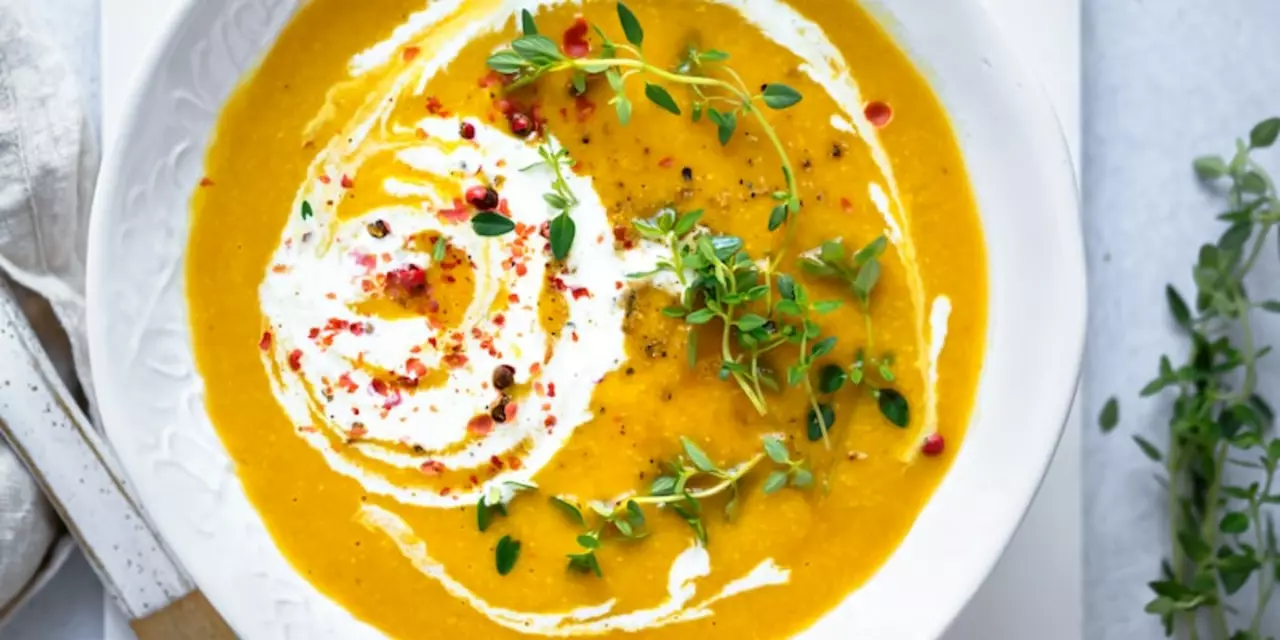Food Safety Guide: Is Overnight Indian Food Safe to Eat?
You've just finished a big dinner of biryani, curry, and naan. The leftovers sit on the counter while you binge‑watch a series, and next morning you wonder – is it still safe to eat? The short answer: probably not if it’s been out for more than four hours. Let’s break down why, how to store leftovers right, and what to watch for before you dig in.
Why Time Matters for Indian Food
Indian dishes often contain a mix of protein, spices, and moisture – the perfect breeding ground for bacteria like Staphylococcus aureus and Salmonella. When food sits at room temperature (roughly 68–77°F or 20–25°C), these microbes can double every 20 minutes. After about four hours, the bacterial load can reach levels that make you sick, even if the food still looks fine.
Smart Ways to Store and Reheat Leftovers
First, get leftovers into the fridge within two hours. Use shallow containers so the food cools quickly. Aim for a fridge temperature of 40°F (4°C) or below. When you’re ready to eat, reheat to at least 165°F (74°C). A simple kitchen thermometer does the trick, but if you don’t have one, make sure the food is steaming hot all the way through and stir it well.
Here’s a quick checklist before you eat that overnight biryani:
- Smell test: Any sour or off odor? Toss it.
- Look test: If you see mold, discoloration, or a slimy film, don’t risk it.
- Texture test: Sticky rice or mushy sauce can signal spoilage.
If any of those red flags appear, it’s safest to throw the food away. It’s not worth a night of stomach trouble.
For those who love to meal prep, consider portioning out meals right after cooking. Freeze what you won’t eat within a day. Frozen Indian dishes keep well for up to three months, and you can defrost in the fridge or microwave before reheating.
Another tip: when reheating, do it on the stovetop or microwave in short bursts, stirring in between. This avoids hot spots where bacteria might survive. And remember, reheating more than once is a bad idea – each cycle gives microbes another chance to multiply.
In a pinch, if you’re unsure whether the food was left out too long, just play it safe and skip it. The inconvenience of a missed meal is tiny compared to the hassle of a food‑borne illness.
Bottom line: Indian food left out overnight is a risk you don’t need to take. Store quickly, reheat thoroughly, and trust your senses. By following these simple habits, you’ll keep your meals delicious and your stomach happy.

Is it safe to eat Indian food left out overnight?
The article discusses the safety of eating Indian food that has been left out overnight. It states that the food should not be eaten if it has been left out for more than four hours, as it can become unsafe to eat. Additionally, the article recommends avoiding leaving food out for long periods of time and keeping it refrigerated if possible. It also suggests reheating food to at least 165°F to kill any potential bacteria that may have grown on the food. Finally, the article warns against eating food that shows signs of spoilage or has an unusual smell. In conclusion, it is best to avoid eating Indian food that has been left out overnight.
- Sports (7)
- Legal News (2)
- Business (2)
- News and Media (1)
- Food Safety (1)
- Politics and Government (1)
- Travel and Food (1)
- Culture & Lifestyle (1)
- Politics & Government (1)
- Marketing (1)
-
Sampat Aluminium IPO Soars 9.6x as JD Cables Debuts; Details Inside
9 Oct 2025 -
What is the most important thing in an Indian's life?
23 Jul 2023 -
How was your experience with Air India?
8 Feb 2023 -
Asia Cup 2022: Full guide to teams, schedule, big moments, and how to watch
10 Sep 2025 -
Virat Kohli, Anushka Sharma Asked to Leave NZ Café – Jemimah Rodrigues Reveals
1 Oct 2025
14.02.23
Aarav Chatterjee
0